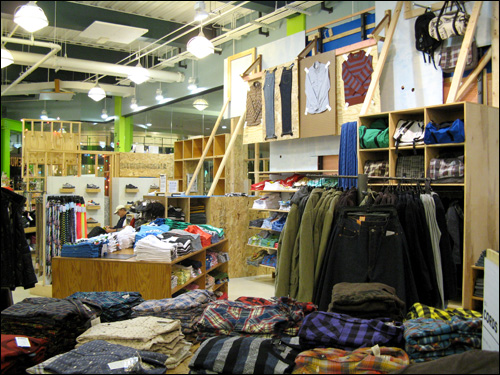I have been always asking myself what is the connection between all we have learnt about the work of art of experts and the work of art of teachers. In the projects of creating the work of art I attempted to find out the relations between it and education. Nowadays it is well recognized that learners should not only learn to appreciate the arts, but also actively participate in creative work. The work of art is a language that most people speak, eliminating differences in culture, educational background, and ability. It can bring every subject to life and turn abstractions into concrete reality. Learning through the arts can result in greater academic achievement and higher test scores. I found that if we can import the work of art of experts into our teaching, the effectiveness of teaching and learning can be greatly increased.
The work of art decreases the diversity of students. Teaching would be more effective if everyone learned in the same way, but not everyone does. In most of the schools today there are more and more students with different cultural, social, and economic backgrounds that result in very different ways of thinking, learning, and behaving. In MSU, over a hundred different languages are spoken. Students with different kinds of abilities and disabilities are in the same classrooms. Students from low class families learn together with students from richer families. Therefore, it is no surprise that teaching primarily through the spoken and written word simply do not reach all these kinds of students.
Moreover, even the students with similar backgrounds perceive and process information differently. It is known to all that there are some perceptual differences in how people take in information. Someone learn effectively by listening, and they do very well in traditional classrooms where most of the information is presented orally. Someone, on the other hand, maintain a visual learning style. They need to have illustrations, charts, and diagrams along with words and numbers. There are also many students who must hold ideas in their hands before they can understand and learn. It is difficult for them to understand the abstract concepts presented verbally without concrete examples. Hence, many students cannot learn well in conventional classrooms. The work of art in photography, film & television, architecture & interior design, music, and fashion facilitate learning for those who are primarily visual. Also it makes all students learn more effectively, remember what they have learned more clearly, and know how to apply what they have learned in a variety of contexts more directly. So the arts not only can be taught as separate subjects but also can be integrated into the curriculum of most of the subjects.
In such a highly visual world our kids are surrounded by the images of television, videos, advertising displays, and other media everyday. Students always respond positively when they are able to learn through the work of art. The use of visual arts in teaching science, geography, and social studies lessons resulted in dramatic increase in speed of learning and retention.
The same as visual arts we are surrounded by music too. A recent research suggests that music lessons, and even simply listening to music, can enhance spatial reasoning performance. And the studies of Rauscher and Shaw confirm an unmistakable causal link between music and spatial intelligence.
To assess the effectiveness of the work of art in education, I would like to import a theory about human cognition. The Generative Theory of multimedia learning (Mayer, 1997 & 2001) suggests that students learn better from words and pictures than from words alone, since dual presentation of information help students construct verbal and pictorial mental models together and build connections between these models rather than constructing either a verbal or a pictorial mental model.
Human beings can not live without arts. It is like we cannot live a life without feeling. The work of art shows great promise in education. It enables students to fully accept the rich and diverse cultures all over the world; to learn with their cognitive potential; and to be prepared for living and working in a technologically driven world. Our teaching must set our students on a lifelong journey with the arts.






